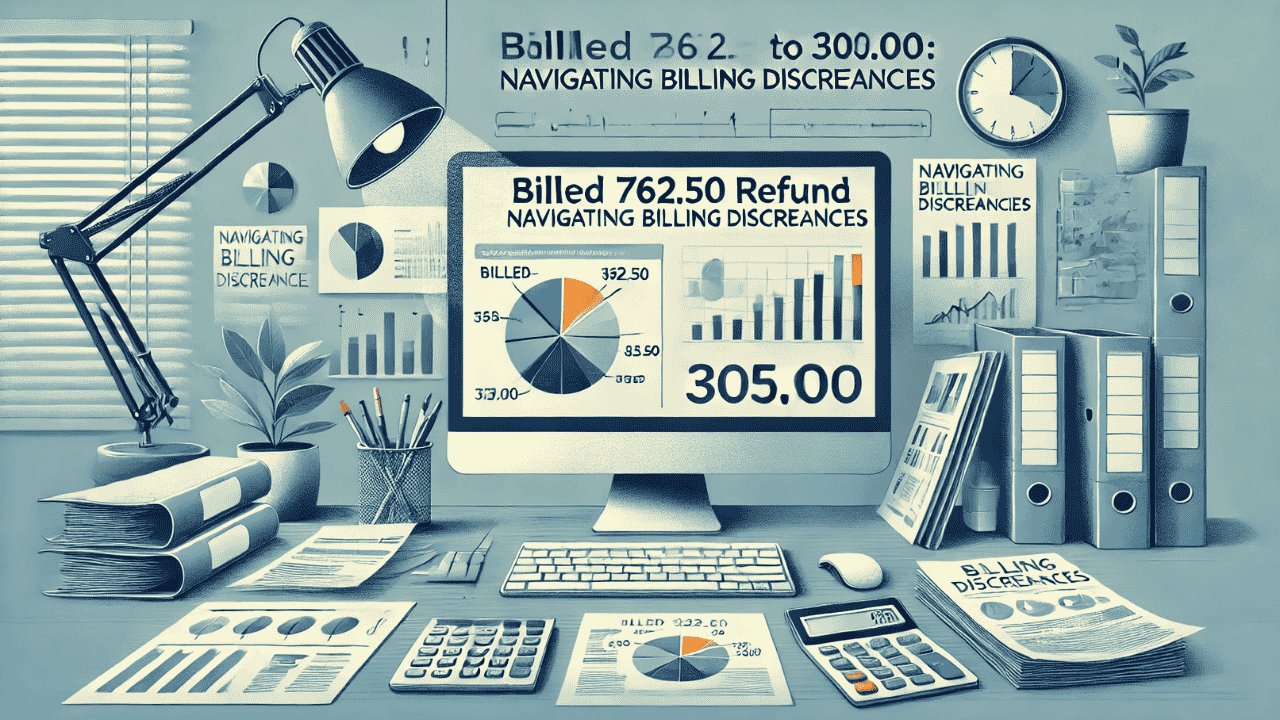Systems thinking and business strategy recognize that the life cycle of products, processes and ideas is an important aspect for sustained viability. The one powerful tool for understanding this is the life cycle model. One specific type of this model is the four-sided box life cycle model four sided box which serves as a framework for structuring and managing the stages of any system or product. In this post, we will further explore the life cycle model four sided box of the four-sided box, as well as its four stages and how you can use it across different industries and contexts.
Introduction:
Now, proceeding to the details of four-sided box model, first we must know what is a life cycle model. A life cycle model four sided box represents the different phases that a product or process, system, or organ receives from beginning to end. It allows one to follow the natural evolution of something and provides a framework for determining what type of decisions best make sense given the current stage this particular thing is in its life cycle.
The life cycle model has wide applicability including:
Basics of Product Development:
Project Management: Making it possible for managers to nip possible obstacles running a project in the bud by having insight into what is going on with the task.
Sustainability and Environmental Studies:
A product’s lifecycle impact on the environment, from inception to disposal
All stages have their own set of problems, but also unique opportunities and if managers and organizations can recognize what drives them, they will be in a better position to make compelling strategic moves.
What is Four-Sided Box Life Cycle Model?
The Box life cycle model four sided box with Four Sides, is a mnemonic framework for organisations and individuals of how any apparatus / product / process transgresses through its life cycle from inception to extinction. Think of it as a box with four sides, each representing the phase in the life cycle of the system or product.
The box, with each of its “sides” being this viewpoint → phase, represents the boundaries that most systems evolve within. Connectedness among the four sides of the box points to a cycle: creation leads to growth, growth leads to maturity, and maturity leads to death. But decline is not always the sings of death; instead it means rebirth, innovation or reinvention.
THE CREATIVE SOUL TO THE FIRST SIDE
That first face of the four-sided box is the creation phase, which is where your system or product comes to life. This is the creative and consideration stage, usually led by innovation or noticing a need. This is the first step on which all other steps of a life cycle read.
Important Aspects of the Creation Phase
Idea Generation and Conceptualization:
This includes identifying the problem or opportunity, generating ideas for potential solutions, and conceptualizing the product or system.
Design and Prototyping:
After conceptualizing the idea concept, designers and engineers start fleshing them out in sketches of solutions, low-fidelity prototypes and perform high-level testing. At this point in development, it is important to gain initial testing feedback to continue to refine the product or system.
R&D:
Innovation requires extensive research, usually deep related to the that can hinder innovation. They do a market research, technical development and other tasks. So this part of the work includes both R&D (research and development). So at the end better to say that its on whether your product or system is actually feasible, sustainable, suitable for used by users.
The first launch:
Producing the concept, and when the product is prepared to release into the field or added to the system of interest.
This phase is all about what-ifs. Concept phase — the product or system is not yet a market force, but it is an emerging idea. The outcome of the creation phase — whether successful or otherwise — will significantly determine how seamlessly the product transitions through later stages.
Illustration:
The genesis of the modern smartphone was fueled by a desire for improved connectivity. Designs started out very rough, but with a lot of r&d Apple, Samsung and the rest refined their ideas. While the first iPhone changed the face of mobile phones forever, extensive R to D and testing led to what it is today.
Example For The Second Side:
Following a creation phase, the system becomes beanstalked. This is the stage in which system or product really will eventually start to build traction, grow and become more functional. It takes less from concept to execution, but more in scaling and fine-tuning the solution.
Critical Elements of the Growth Stage
Market Penetration and Scaling: The objective while in this growth, is to enter bigger audiences. Corporate grow the manufacturing, distribute it out, & make sure that whatever product going into as many hands as possible.
Tuning and Real-world Validation:
Once you have a product in the hands of users or the customer, feedback is essential. In this stage it usually tries to make an improvement over the product but in practical and bug-fixing terms.
Brand Building:
While the product is already used by several users, brands can cement its position in the market. This is where effective marketing, public relations and customer service come into play.
Revenue Make:
During growth, the product or system starts to achieve a large volume of revenue. But costs need to be controlled, and revenue clearly needs to be sustainable.
This is particularly important as this stage delineates the path that the product will take towards maturity. Properly managed, growth represents a path to sustainability. But it must be exquisitely balanced to make sure the product does not run ahead of its infrastructure and market.
When Social Media Platforms Grew Up
Social media platforms like Facebook or Twitter started with a low number of users. But in reality, after the platforms caught on they grew like weeds with added features, millions of users and soon became part of modern communications. Development consisted of iterating the platform in response to users and expanding into different territories.
The Third Side:
The product or system is in developing stage, all features are been built and modified now it comes into maturity phase. At this stage, the system has matured and found its place in the market. Growth plates and the game is no longer one of growth but optimization, maintain position for product.
Mature Phase — Key Elements
Market Saturation: This stage is characterised by the system engaging with a significant share of its target market. You have tapped into almost all your target customer base, and growth plateaus due to market saturation.
Optimising Product:
Now let us make it efficient. They have to staple processes around reducing costs and controlling quality. The product will receive small upgrades, but far fewer radical changes.
Brand Loyalty :
Loyal customers become very important for a brand in the maturity phase. Mastering of brand recognition and customer retention comes to wide plates. The company can launch a loyalty program or improvement to keep people cit had.
Profit maximization:
A company will switch from growth to profit maximisation once the market is saturated. This can be through cost-cutting, operational efficiencies, or additional product offerings.
During the slow phase of growth, the system or product still provides value and doesn`t lose in competition. But stagnation represents a threat, and absent creativity, the system may start to fester.
Personal Computer Maturity
By the early 2000s, the time had come for maturity in the personal computer industry. The real core technology was starting to crystallize at this point and most people had a PC/ Mac (to varying degrees of capability). Dell, HP, and Apple streamlined production machinery with marginal technology enhancement while executing strategies to maintain customer loyalty. Enterprises use PCs for a more extended period despite new technologies like tablets and smartphones of many IoT and PC standards.
Paved Down
Over time, every system or product declines into a stage of irrelevance. Nonetheless, decline doesn’t always mean death. Often times, decline serves as a catharsis for resurrection or renegotiation. It is the most crucial phase in deciding whether a product, system or idea will have long-term sustainability.
Elements of the Decline Phase
Declining Demand: The product or system may have declining sales or relevance due to changes in technology, market preferences, or competition.
And obsolescence:
the current system might become irrelevant due to newer technologies or systems. That’s typically the case when radical innovations are introduced that make older products or services redundant.
Strategic Turn or Innovation:
An one in favor of the phase out of the product have to make that pivoting into a brand new course. That could take a new release, from scratch or even some kind of different business model.
EOL (End-of-Life) Decisions — The decline forces the company to make a decision on what they can do with this product, include discontinuance, sell off, or recycle the products components.
But just because something has declined does not mean its the end of the road. Companies can reinvigorate a product or system through innovation or adaption. It is during the decline phase that entirely new ideas or advances are able to springboard themselves into a whole new life cycle for the system.
The Rise and Fall of Music
Although the rise of digital downloads and streaming services practically guaranteed the diminishing importance of physical music formats like CDs, vinyl experienced a surprising renaissance in recent years. Yet, this dip resulted in a rebirth of the music industry where companies transitioned to subscription-based services (like with Spotify) as well as other methods of distributing music content resulting in a new-age revitalization of the industry.
Four-Sided Box Bookends Life Cycle
Feedback is a crucial component of every aspect of the life cycle. Whatever stage you are in the process of translating your idea into a product, you must tune in to customer feedback, changes in the market scene and technical innovations, and alter your strategy where needed. When organizations lack stable and effective feedback loops, products and systems begin to rot, ultimately leading to organizational stagnation or worse.
Creation stage:
Initial design and functionality are refined based on validation feedback.
Stage 1 — Growth:
Customer feedback purchases the perfect market-fit product
Mature Phase:
Once a customer has been acquired, this will take continuous feedback in terms of all features and performance to get optimized from existing customers as well.

Decline Phase:
Even in decline, feedback may indicate a strategic pivot is needed or might create room for innovation.
By embedding feedback at every stage of the process, organisations can adjust and evolve to stay relevant as they shift from one phase of their life cycle to another.
Conclusion:
A four-sided life cycle model four sided box offers a coherent, organized platform to track the development of products, systems and processes through time. By understanding the various phases—creation, growth, maturity and decline—organizations are able to better assess their decisions, prepare for disruptions and pivot towards new avenues for innovation and reinvention.
If you are creating a product, managing a project, or evaluating a natural system than the model of four sided box life cycle can help process through its stages. By being mindful to care for and feed each side of the box, businesses can better position themselves for greater short- and long-term business success.




